The United States is one of the most dominant countries in the world — but have you ever stopped to consider just how old it is? This post will be a brief history tour to help answer this simple, yet oft-asked question.
Whether you’re interested in the history of the founding of the country or just looking to see where 1776 connects into the wider narrative, you’ll get straightforward and easy-to-understand answers.
Let’s look at how old the United States actually is — and why it matters.
While you explore America's rich past, having an iRoamly USA travel eSIM with fast speeds and flexible packages ensures you stay connected every step of the way.
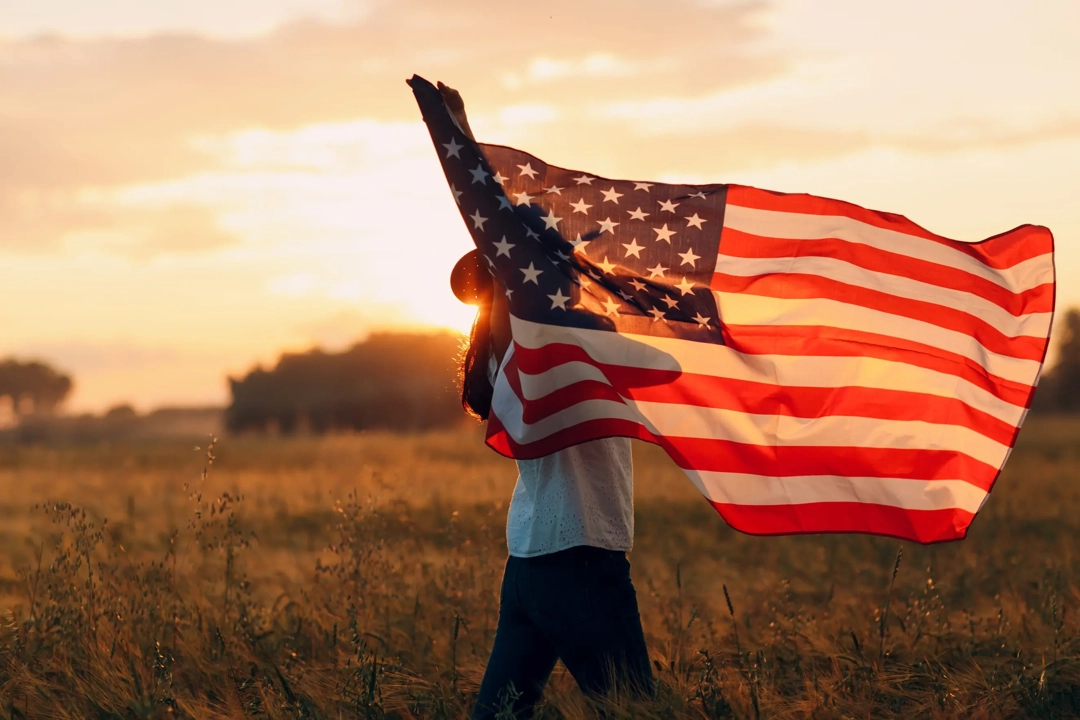
How Old Is the United States Now?
As of 2025, the United States is 249 years old.
This age is measured from the day the Declaration of Independence was adopted — July 4, 1776 — when the American colonies stated their independence from Britain.
Every year since then, Americans have celebrated the Fourth of July as the nation's birthday, complete with fireworks, parades, and patriotic songs.
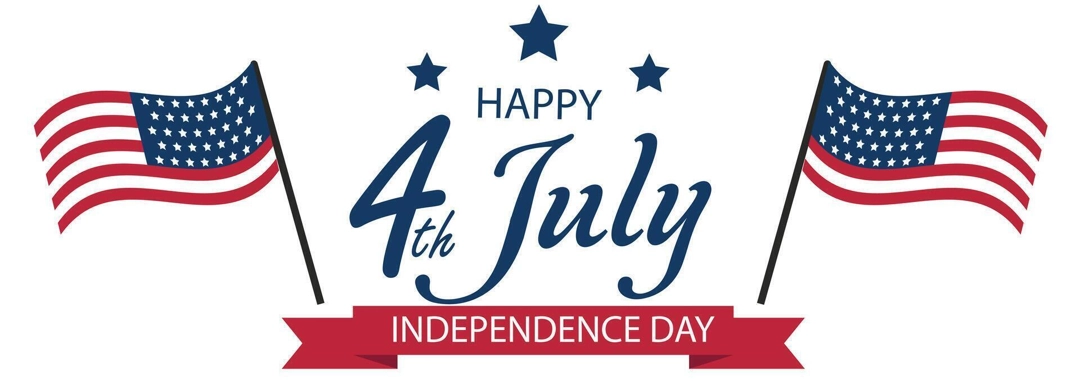
The United States is fast approaching its next monumental birthday: 2026 will mark the country’s 250th anniversary. Around the country, there are already initiatives to create commemorative activities for America’s 250th birthday.
And it’s more than a mere statistic — it’s a chance to stop and think about how far the country has gone and where it might go next.
When Was the United States Founded?
The USA became a country on July 4, 1776. On this day, the 13 colonies’ representatives signed the Declaration of Independence, a revolutionary text that signaled their intention to leave British control.
However, the declaration, which was mostly written by Thomas Jefferson, also didn’t just signify a political change but the creation of an entirely new country based on freedom and self-governance.
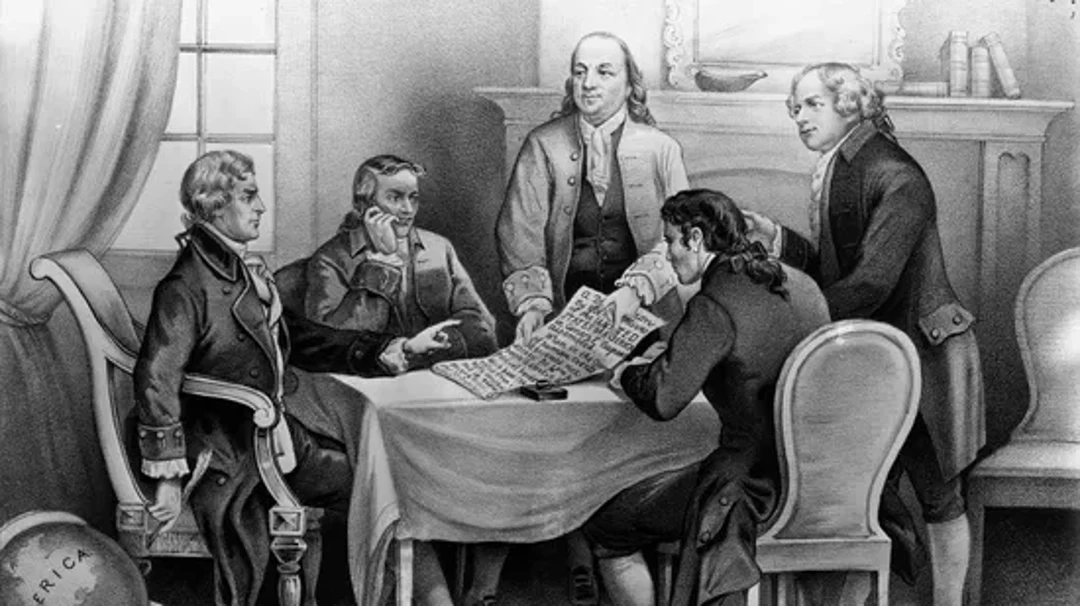
Although the Revolutionary War was still ongoing at the time, July 4th became the defining moment when the colonies united under a shared identity.
That’s why it’s considered the United States’ official birthday, even though the country’s government, as we know it today, wasn’t fully formed until later.
Before 1776: What Was America Like?
Long before the United States existed, the land was home to thriving Native American civilizations.
From the Iroquois in the Northeast to the Navajo in the Southwest, Indigenous peoples lived across the continent for thousands of years, each with their own languages, cultures, and traditions.
Their presence shaped the land in countless ways, with deep connections to nature and community life.
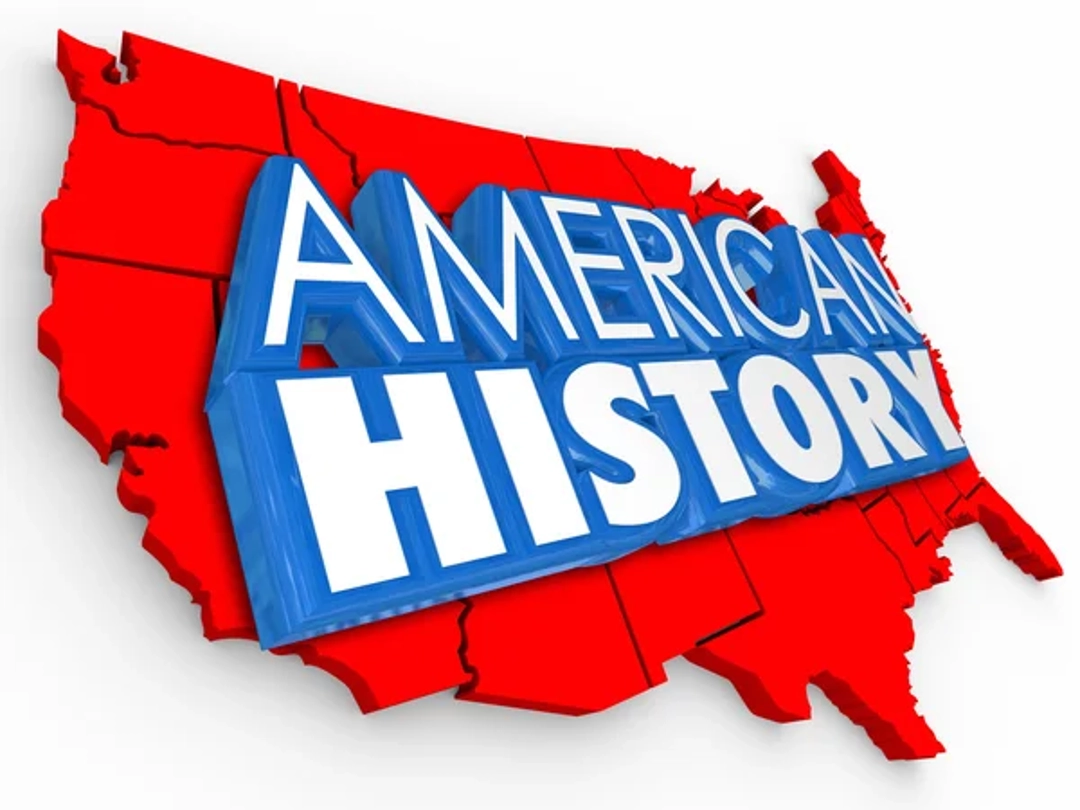
By the 1500s, European explorers and settlers began arriving—first the Spanish, then the French, Dutch, and British. Over time, the East Coast became dotted with British colonies, while conflict and cooperation with Native peoples continued.
Life in the colonies was a mix of opportunity and tension, as settlers developed new identities and began questioning their ties to Britain. This growing sense of independence would eventually lead to the revolution—and the birth of a new nation.
After 1776: Building a Nation
In 1789, there was a major development: the U.S. Constitution was put into action. This revolutionary paper outlined how the government would operate, and it remains the foundation of the government in the United States today.
It also shaped the U.S. political system, establishing the framework for how laws are made, powers are balanced, and leaders are chosen.
The Constitution played a critical role in the development of the United States as a united country and created a strong base for the country’s future.
Following the Constitution, the U.S. began expanding beyond the original 13 colonies. Over time, more territories were added, eventually bringing the number of U.S. states to 50.
People moved westward, explored new frontiers, and helped shape the growing nation.
Expanding wasn’t always peaceful, and there were a few hiccups along the way, but it illustrated a sense of optimism and a “go get ’em” spirit that defined this nation.
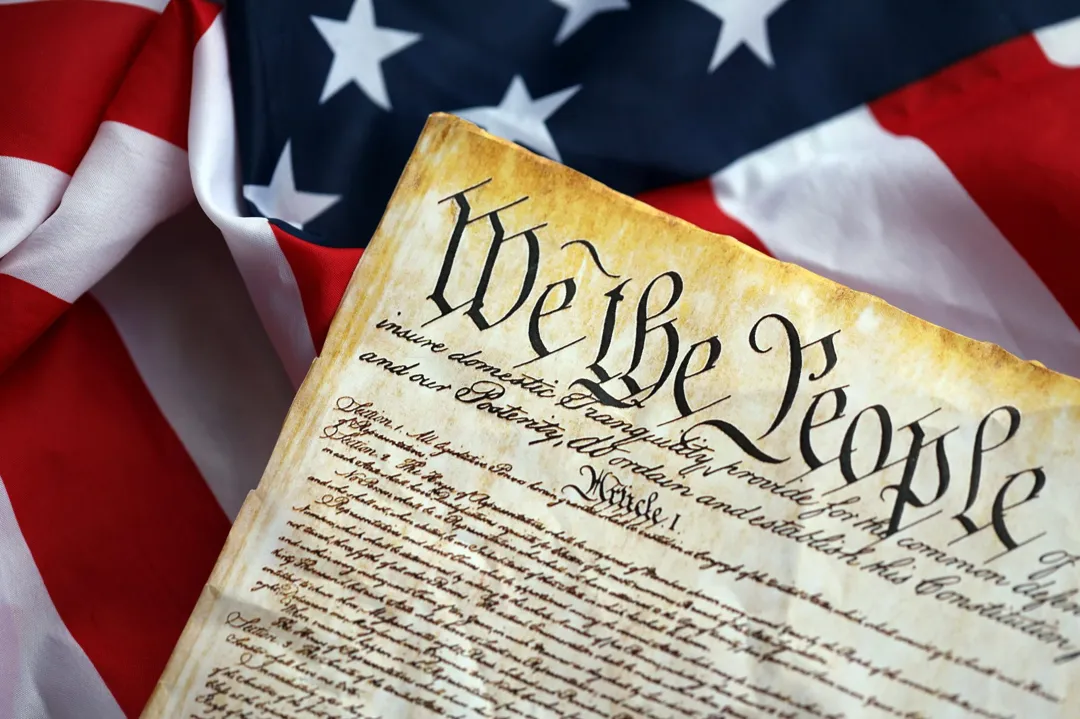
A series of major events helped define the country. You had the Louisiana Purchase, which nearly doubled the size of the nation. Then there was the Civil War, which tested the country’s ability to hold together.
There were many, many moments in which it found out who it was and who it wanted to be. And, no matter how messy they were, they all contributed to this one-of-a-kind fabric: the United States of America.
Today’s United States is not the United States of the 1700s. It’s been quite a journey since 1776, and it’s not over yet. Every chapter of history has its victories, its defeats, and its hardships.
As the country continues to be written, it’s important to revisit its roots and all it has already accomplished. Guna be written. The important thing is that, as an outsider living in the country, you know the starting point and how far the country has come.
FAQ
1. What major events shaped the U.S. after its founding?
This established itself with the signing of the U.S. Constitution in 1789. The country grew quickly through westward expansion, the Louisiana Purchase, and a Civil War. All these events combined to create the United States we know today.
2. Why is the U.S. considered young compared to other countries?
When you compare the U.S. to older countries like China, Egypt, or Italy, it’s a baby. They have millennia of history, the U.S. is only a few centuries.
3. What makes the age of a nation important?
The age of a nation can provide insight into its history and development. But the influence and accomplishments of the U.S. show that significance isn’t limited to age.
Conclusion
Although the United States as a country is one of the youngest in the world, it’s been an eventful few centuries. It’s been a place of transformation and innovation, constantly reshaping itself.
There’s excitement in looking forward. The adventure goes on, with the U.S. still writing its own history, while affecting everyone else’s.
No matter what the future holds, with its incredible past and the wide-open future before it, the United States isn’t about years but about being a country that is alive and growing.
